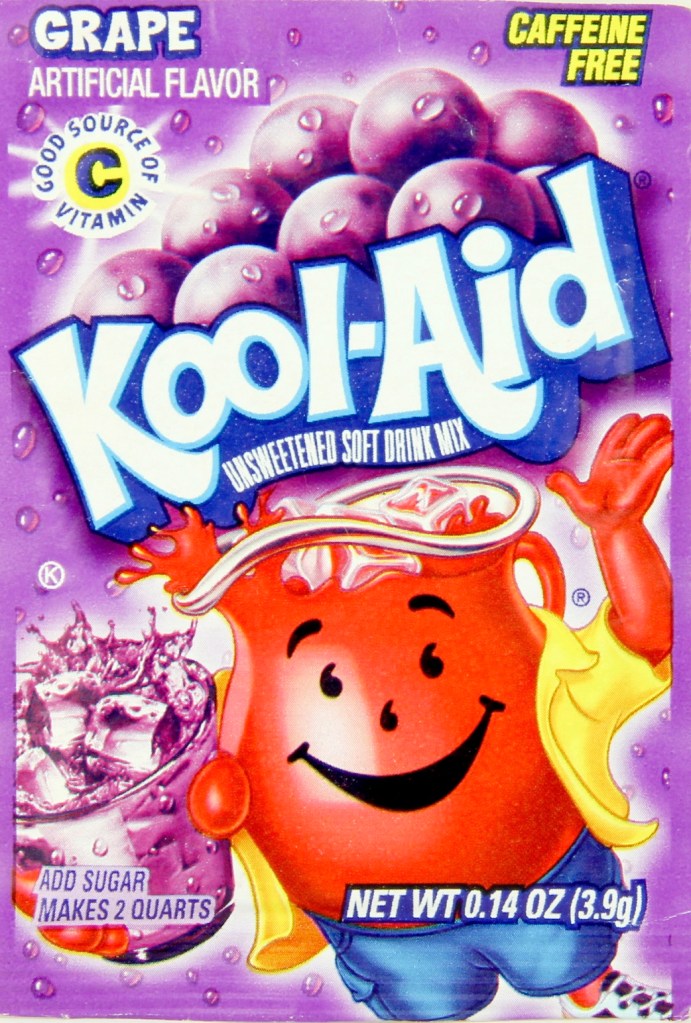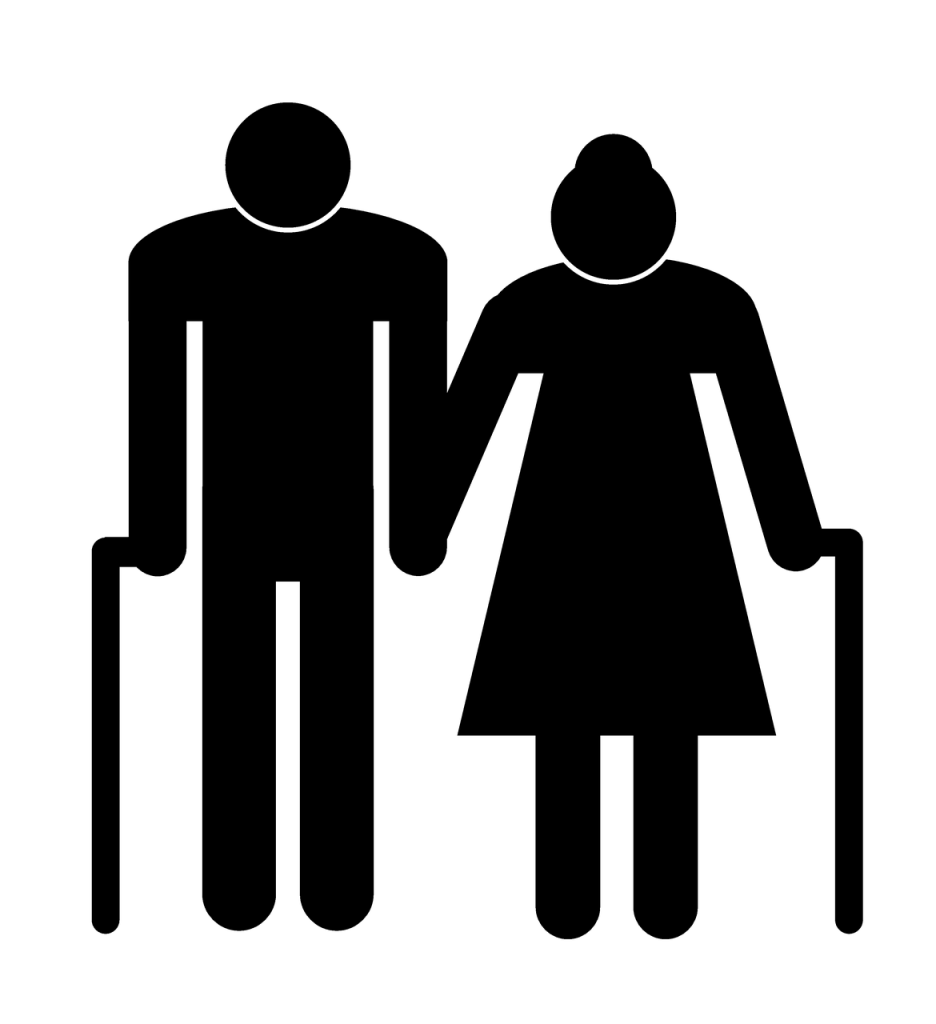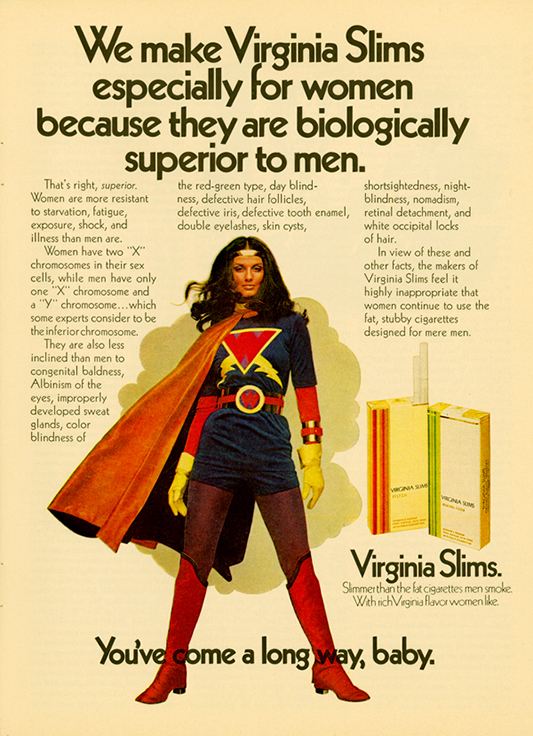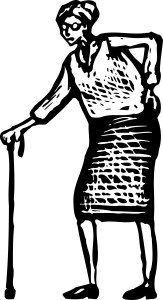The term re-education can have something of a negative connotation. It can call to mind labour camps, Margaret Atwood’s The Handmaid’s Tale, and propaganda. Sadly, thanks to a lifetime of insidious propaganda, we are in need of some re-education. Or perhaps it is better to call it retraining for your brain. Despite what you’ve been indoctrinated, or conditioned to believe, you are never ‘too old’ to learn.
Rather than using the expressions older people/younger people, I prefer the terms youngers and olders coined by my hero, anti-ageism activist, Ashton Applewhite. Now, about the propaganda. If you didn’t realise it, you have been bombarded by age-related propaganda since you were a child, and that shit has wormed its way into your psyche. You’re over the hill at 40. People over 50 don’t have sex. Everyone aged 60+ needs hearing aids or is incontinent. Being forgetful, those ‘senior moments’ equate to impending dementia. Olders and youngers and both accept these ageist notions unconsciously, but not only do youngers and olders accept ageist notions blindly, both unwittingly maintain the dissemination of ageist propaganda. And make no mistake, it is propaganda. Ageism operates without boundaries and often without challenge. This means youngers and olders are exposed to and affected by age-related bias without questioning the social construct of ageism. Ageism is a social construct, like racism, and it is the most normalised prejudice on the plant. Ageism doesn’t care about the colour of your skin, your religion, your ethnicity, if you are fat, trans, gay, gender fluid, man, woman, or child. I’ve said before ageism is the equal opportunity ‘ism’. Youngers have a prejudice against olders and olders have a prejudice against youngers. However, ageism has a greater impact if you are an older woman, especially an older woman of colour.
There are those who see value in age prejudice and use it to their advantage. They make the propaganda work for them, usually to make big businesses a crapton of money. This propaganda is meant to prey upon your fears in order to sell you something (except romance fiction with a heroine who’s over the age of 50). Resistance is futile when you are a woman who has been conditioned to believe the propaganda of anti-ageing skin creams. Women shoulder the worst of ageism. While companies are ever-so-happy to prey upon fear and sell anti-age drivel to women of all ages, it’s curious to note, especially in a time when factions seek to divide and manipulate for some particular gain, be it political or financial, is how, when it comes to promotion and leadership in the workplace, women are never the ‘right age’. You can read about it in the Harvard Business Review. This reverse-Goldilocks effect of ageism asserts women are either too young or too old, never just right. Women are not bowls of porridge, but ageism is kind of like a gruel we’ve been spoon fed, and we have continued to stir the propaganda pot rather than question if there might be something else, something better, something healthier to eat. Yes, I am aware of how gruel-thin that analogy is. I am trying point out how unhealthy the propaganda of ageism is, not just for women, but for everyone.
There is an abundance of studies that show us why ageism is mentally and physically damaging. For starters, the aptly titled How Ageism Negatively Affects Older People’s Health . What you believe about ageing, the biases you buy into about getting older determine how well and how long you will live. The more negatively you think getting older is going to be, the more likely it will be exactly the way you imagine. If you picture 40 as decrepit, odds are that is how you will feel when you are 40. If you think that you’ll be frumpy and at 50, and frumpy, unhealthy, need a cane or walker, have Alzheimer’s, and be lonely at 65 or 70, then you very well may be. So much of how we view getting older is all in your head. You’ve been indoctrinated to have those beliefs. That’s the propaganda at work, you have internalised ageism. Many of those ideas, those pictures you imagine, are put there by:
- Fear and the way you have been exposed, from childhood, to ideas of ‘advanced age’ or ‘old age’, which, if you ask me, appear to hold fast to invalid (and I mean in-val-id, not in-va-lid) data on life expectancy from, 1885, when life expectancy in the UK was 45.3 and 44.5 in the USA.
- Fear, advertising, the entertainment media, and other people who perpetuate the unconscious bias about growing older.
- A lack of positive representations of older people, but lots of images like those two with the canes in the image above.
- Jokes about being an old fart, when there are plenty of young farts around, comments, such as ‘you look good for your age,’ ‘Ok Boomer’, or any bullshit notion that espouses ‘young is good/old is bad’.
- Fear of getting older because death, as if dying young is a better option than living a long, full life, which is the real goal of living, isn’t it?
Yes. Indeed. Much of this stems from fear, greed, big business, and gendered sexism, i.e. the stalwart patriarchy that limits women to the roles of daughter, mother, grandmother. It’s even more propaganda. I’d like to say, “fight the patriarchy!” It’s just that the divisive enemy we have to fight here is actually quite, well, inclusive. This is not about us or them, it’s about all of us. We have to re-educate, re-train ourselves to change the way we think about, how we view getting older in negative terms only. We need to change the way we present, discuss, and teach children–and each other–about natural process of ageing. We need to have a more positive perception of aging, instead of drinking the Kool Aid propaganda of negative stereotypes.
Diehl, A., Dzubinski, LM., Stephenson, A.L. (2023). Women in Leadership Face Ageism at Every Age. The Harvard Business Review. June. https://hbr.org/2023/06/women-in-leadership-face-ageism-at-every-age .
Park, A. (2020). How Ageism Negatively Affects Older People’s Health .Time. https://time.com/5767265/ageism-health/



































